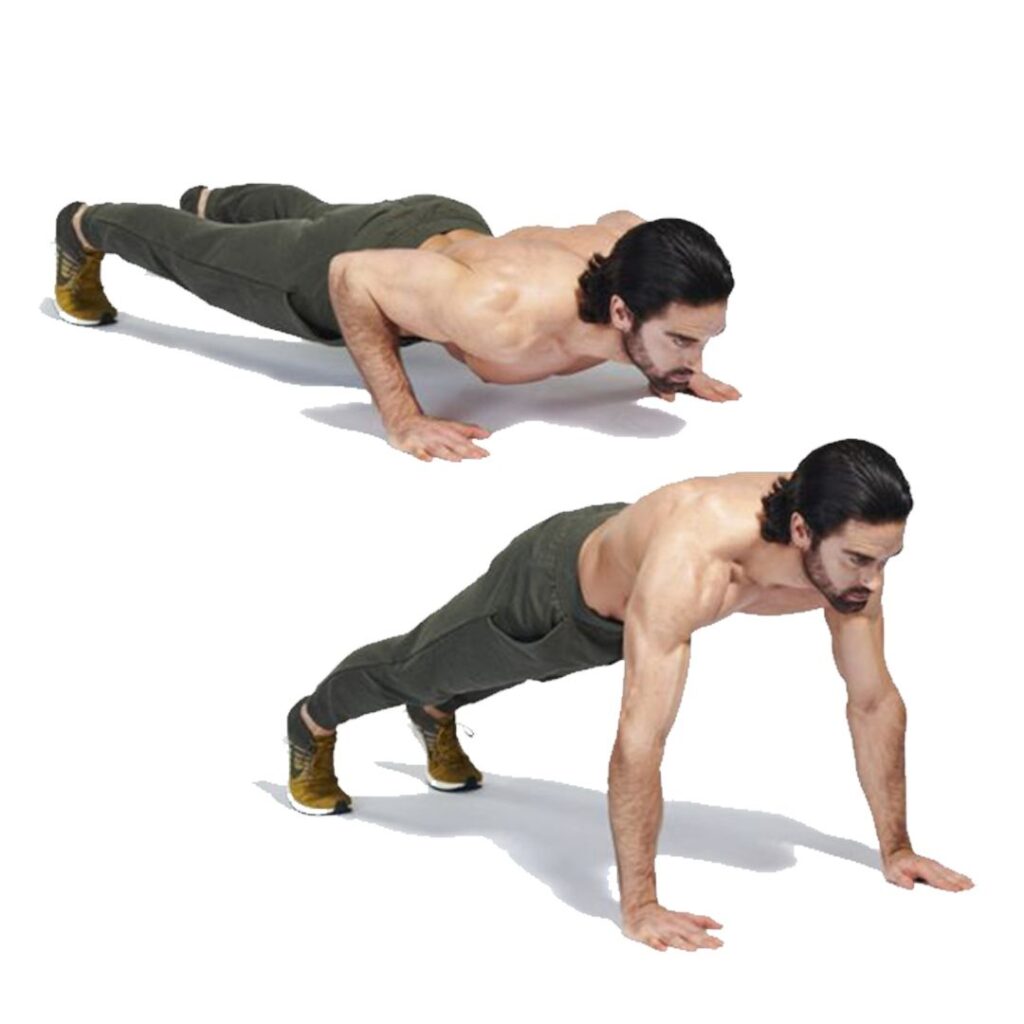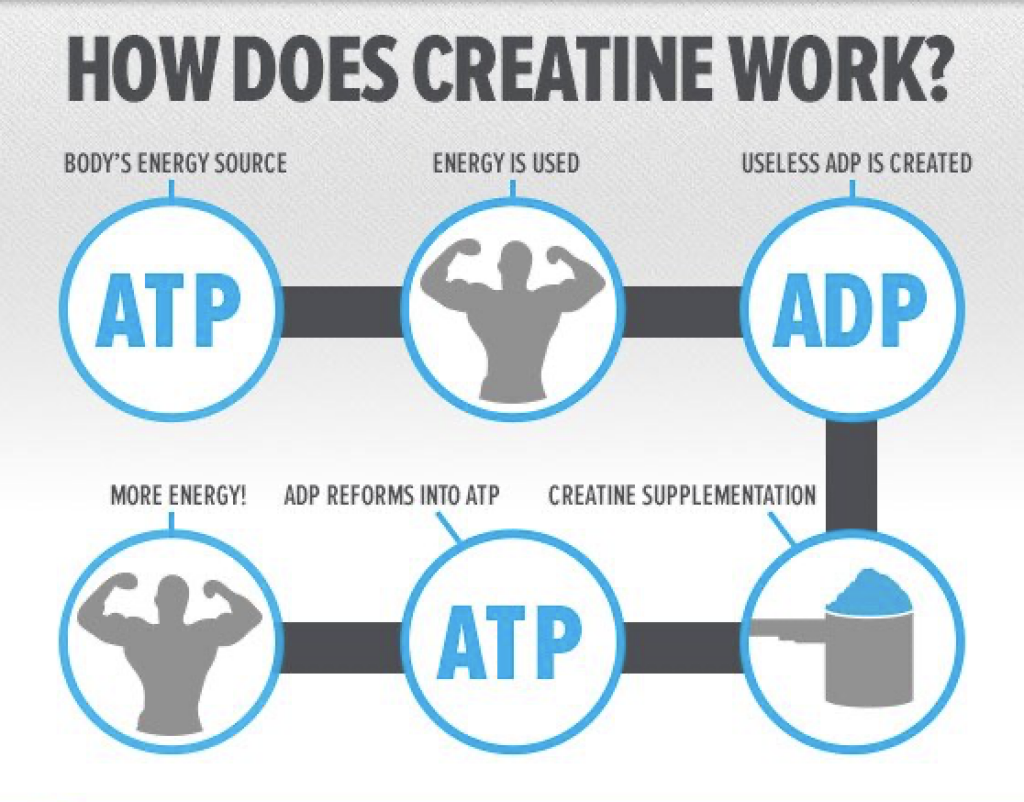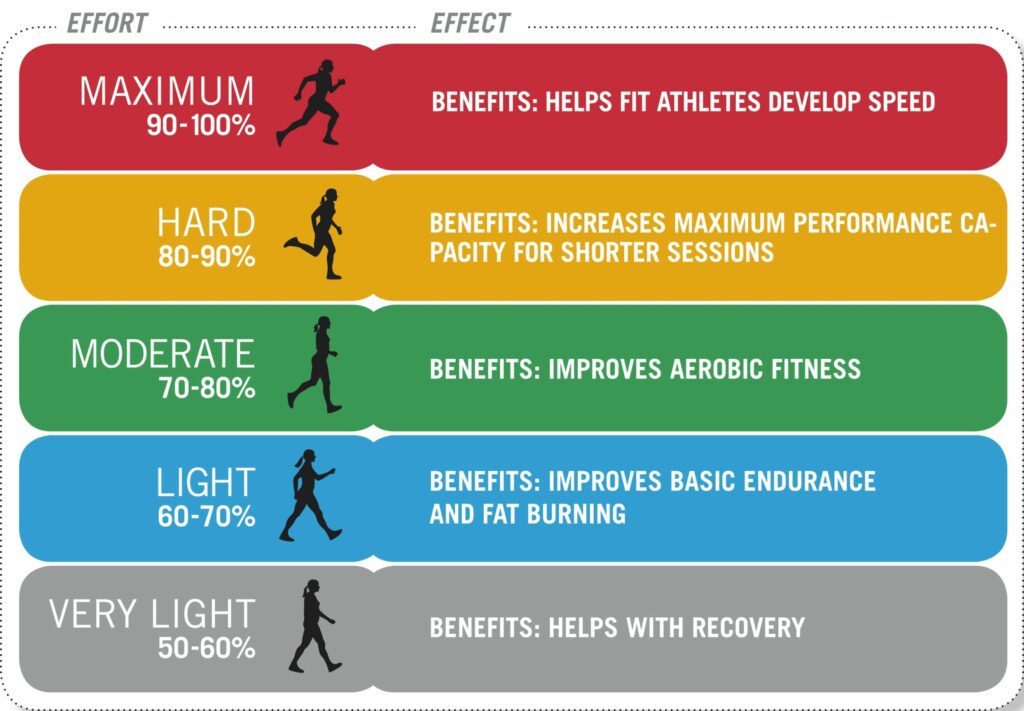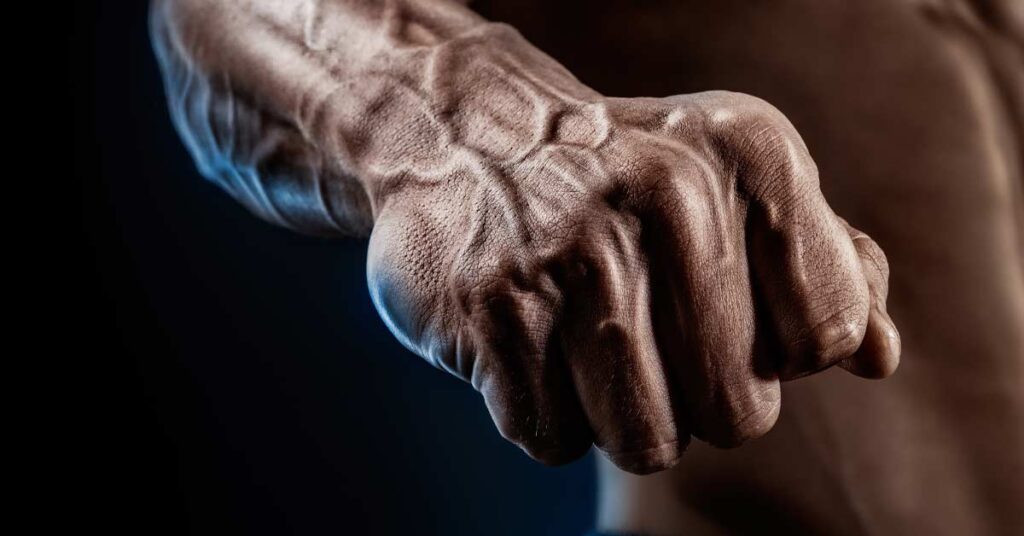Why the Speed of Each Movement Matters

When it comes to strength training, most people focus on how much weight they’re lifting or how many reps they can do. But one of the most overlooked factors in maximizing muscle growth and strength is the speed of each movement. The way you control your reps—especially the eccentric (negative) and concentric (positive) phases—can drastically affect your results.
The Power of a Slow Negative (Eccentric Phase)
The eccentric phase of a movement is when your muscle lengthens under tension. Think of lowering yourself down during a pull-up, slowly descending in a squat, or bringing the bar down in a bench press.
Slowing down the eccentric portion has huge benefits:
✅ Increases Muscle Damage – Slowly lowering a weight causes more microscopic muscle tears, leading to greater muscle growth when repaired.
✅ Improves Strength and Control – The more time your muscles spend under tension, the stronger they become. This also helps with stability and joint protection.
✅ Reduces Injury Risk – Controlling the descent reduces the chance of jerky, uncontrolled movements that could cause injury.
For muscle growth, a 2-4 second eccentric phase is ideal.
Why the Positive (Concentric) Should Be Explosive
The concentric phase is when the muscle shortens, like pushing the bar up in a bench press or jumping up from a squat. While many people lift at the same slow speed as they lower, moving explosively on the way up has serious benefits:
🔥 Activates Fast-Twitch Muscle Fibers – Fast-twitch fibers are responsible for power, speed, and strength. Training them makes you more explosive and athletic.
🔥 Boosts Strength Gains – Moving weight quickly improves your ability to generate force, which helps in both heavy lifting and functional movements.
🔥 Enhances Performance – Athletes train concentrically with speed to build power for sprinting, jumping, and other explosive movements.
For strength, explode on the concentric phase but maintain good form.
How to Apply This in Training
Instead of just moving weights up and down without thought, apply tempo training to optimize both phases:
✅ Strength & Hypertrophy (Muscle Growth) – Use a 3-4 second negative, followed by an explosive concentric. Example: Slow squat descent, then drive up fast.
✅ Power & Speed Training – Perform the eccentric phase at a controlled but moderate pace, then explode concentrically. Example: Controlled dip before an explosive muscle-up.
✅ Injury Prevention & Control – Slower eccentrics help reinforce good movement patterns and strengthen tendons.
Conclusion
The speed of each movement is just as important as the weight you lift. Slowing down the eccentric phase helps break down muscle fibers for growth, while an explosive concentric phase builds power and speed. If you want to get stronger, build muscle, and improve performance, start paying attention to your tempo—your results will thank you.
You Got This!
Subscribe to our newsletter and be the first to find out about new articles.






